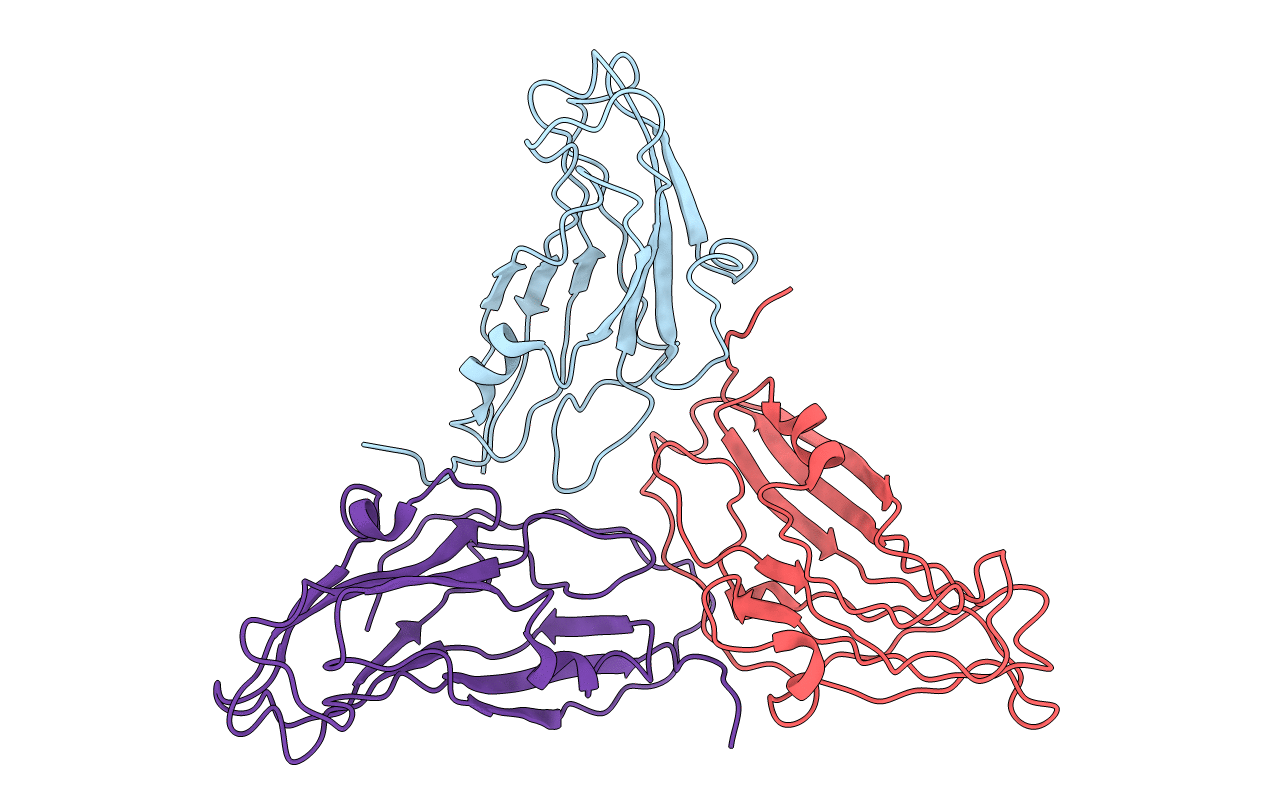
Deposition Date
2000-07-18
Release Date
2001-04-26
Last Version Date
2023-12-13
Entry Detail
Biological Source:
Source Organism:
PHYSALIS MOTTLE VIRUS (Taxon ID: 72539)
Host Organism:
Method Details:
Experimental Method:
Resolution:
3.20 Å
R-Value Free:
0.29
R-Value Work:
0.27
R-Value Observed:
0.27
Space Group:
P 1


